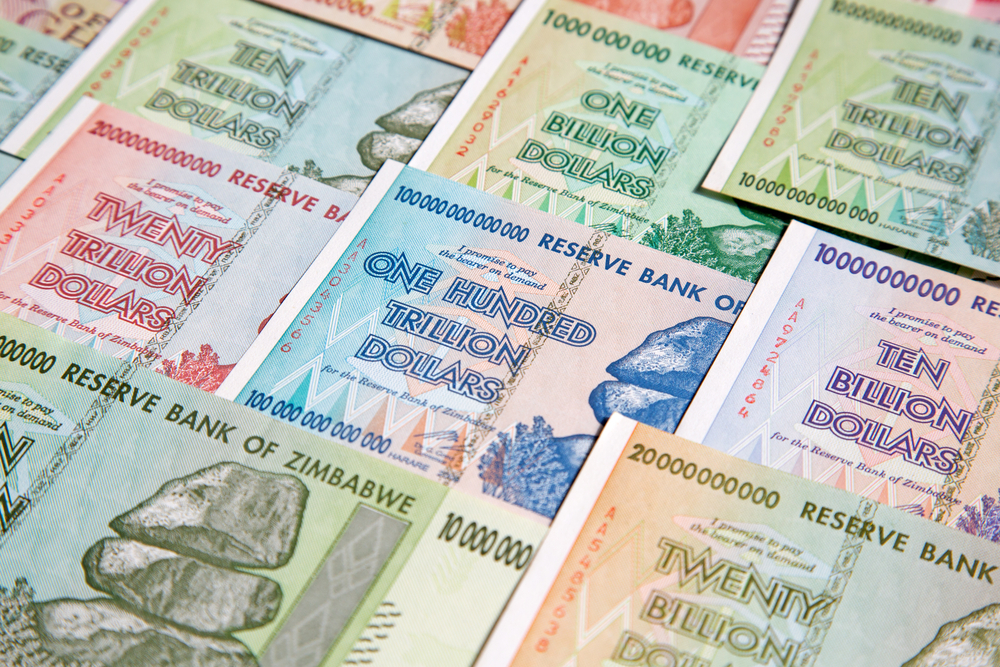The Zimbabwe ZiG currency has held steady this year, helped by the ongoing economic recovery. Data by the Zimbabwe Central Bank shows that the USD/ZWG was trading at 26.40, a level it has remained at in the past few months.
Why the Zimbabwe ZiG has stabilized
The ZiG currency has been relatively stable this year for several reasons. First, there are signs that the country’s economy is doing relatively well this year. Estimates are that it will grow by 6% this year and cross the important milestone of $52.3 billion.
The main catalyst for the economic recovery is the agricultural sector, which is expected to grow by 21% this year. This is an important thing because the country went through a slowdown last year, leading to more imports.
Also, the country’s tobacco exports surged this year. Data shows that the country exported 352.7 million kilograms of the crop, mostly to China, a big increase from what it sold last year.
The mining sector is also doing well, helped by more production and price increases. Gold, which accounts for about 53% of its exports, jumped to a record high, a trend that some analysts believe will continue. The country produced 36.5 tons of gold last year and now plans to produce 40 tons this year.
The rising gold price is important for the Zimbabwe ZiG because it has led to a significant increase in its reserves. Data shows that the reserves have jumped to over $750 million, which is enough to cover one month of imports requirements.
The currency has also done well this year because of the tight monetary policy in the country. Data shows that the benchmark interest rate has remained unchanged at 35% since September last year. In theory, this should lead to more demand for the currency because of carry trade implications.
Additionally, Zimbabwe has been engaged in talks with some of its top lenders, especially the IMF. These talks are aimed at resolving the multi-decade debt crisis that has locked it out of the financial market.
The IMF has expressed openness to help Zimbabwe, only if it agrees to restructure its external debt and clears its arrears to agencies like the World Bank and AfDB.
Zimbabwe hopes to phase out the US dollar
The Zimbabwe ZiG has held steady as the central bank and the Ministry of Finance have expressed hopes to gradually phase out the use of the US dollar by 2030.
This would be a big deal because most of the transactions in the country are handled in US dollars. Still, some analysts warn that ending the use of the greenback will lead to economic challenges. Precisely, it will remove the bout of stability that the greenback has brought. In a recent statement, the head of Imara Asset Management said:
“A free and widespread use of the dollar within the economy has made it easier for corporates and individuals to transact and plan.”
Still, the stability of the Zimbabwe ZiG is not a sign that it will continue doing well. Besides, the other currencies that ended up failing started well, only for them to implode a few years later.
The post Here’s why the Zimbabwe ZiG currency stability is continuing appeared first on Invezz

